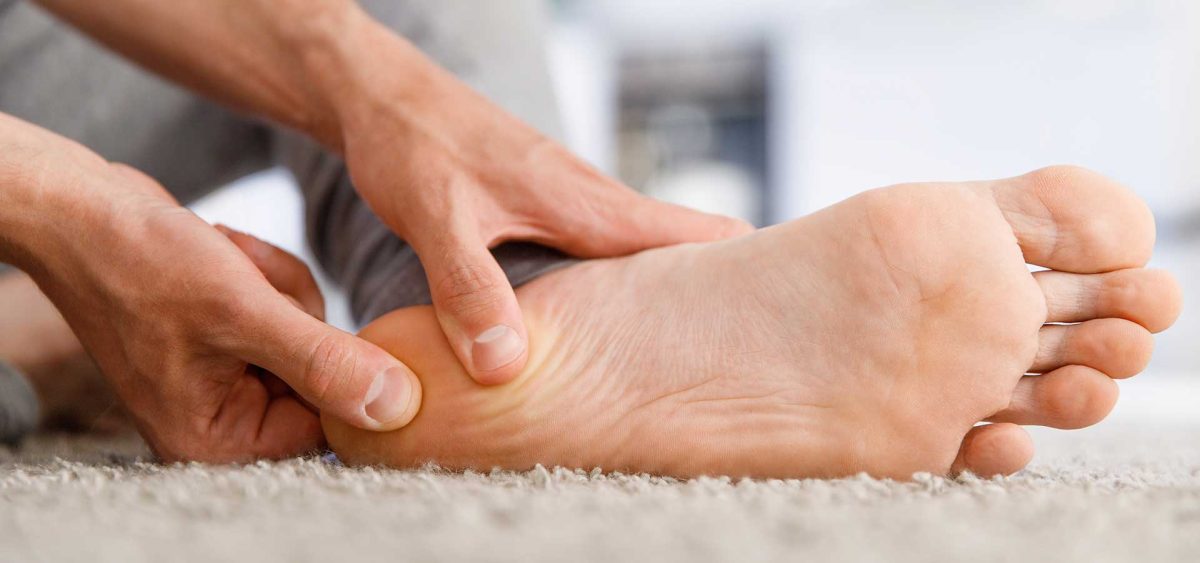Heel spur

Heel spur (Calcar calcanei) is caused by the accumulation of calcium on the heel bone, as a result of which a growth is formed that is sensitive to palpation, similar to a small bump under the finger. More irregular growths of this type are called calcaneums.
Symptoms of heel spur:
- Morning pain after getting out of bed or after a long walk
- Sensation of localized heat
- Tingling
- Pain that may radiate along the plantar fascia
- Pain that spreads to the joint
- Difficulty leaning on the heel due to the pain caused.
Formation of heel spur:
Long-term irritation of the plantar fascia leads to increased contact with the fascia, triggering the inflammatory process in the soft tissues. This process later results in pain. The pain can be localized at the site of formation of the calcaneus or it can spread along the foot.
People prone to developing heel spurs:
- People whose jobs involve walking on hard surfaces
- Athletes
- People with irregular arch of the foot
- People with frequent and untreated injuries in the foot area
- People with a shortened Achilles tendon.
Diagnosis of heel spur:
- Palpation
- Performing tests to confirm the presence of a heel spur
- Radiographic diagnostics (RTG), ultrasound and magnetic resonance (MR) imaging.
Treatments for heel spurs:
- Electrotherapy
- Ultrasound therapy
- Tecar therapy
- Shockwave therapy (Shockwave therapy)
- Acupuncture
- Kinesitherapy (strengthening and stretching exercises).
Number of treatments needed:
Most often, it is necessary to conduct 8 to 10 therapy sessions.
For additional questions and information, we are at your disposal.
